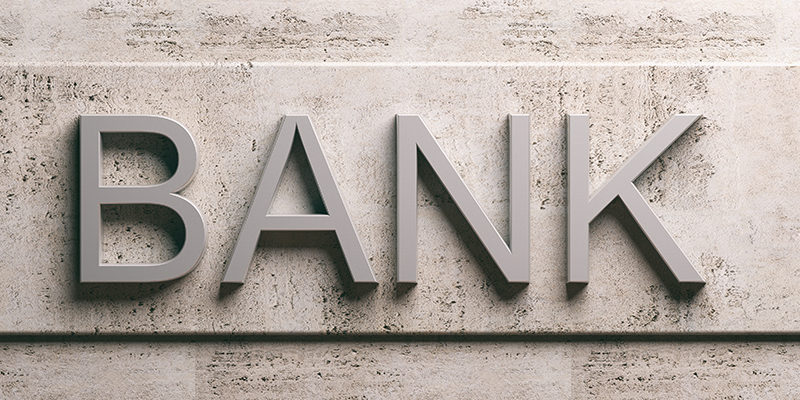Undisclosed reserves are on the books of the banks, but “hidden” from the public and not listed on the balance sheets or other financial statements. Such reserves are part of Tier 2 capital of the bank along with general loan-loss, revaluation reserves hybrid capital instruments, and subordinated term debt.
The undisclosed reserves are generally getting created from expenses charged to the Profit &Loss account that never seemed to actualize. The liability in respect of such an expense, therefore, does not represent a true liability owed to outsiders, but is really shareholders’ money; hence undisclosed reserves are economically not different from disclosed reserves except that it is not visible as such in the published accounts. Further, undisclosed reserves created by the banks, although not common, are recognized by many regulators around the world. When the bank has made a profit that is not appearing in normal retained earnings or in general reserves of the bank, it is fairly standard for undisclosed reserves to be accepted by the banking regulators.
The RBI’s Master Circular -UCBs dated July 1, 2009, on Prudential Norms on Capital Adequacy states as under;
“They (The undisclosed reserves) often have characteristics similar to equity and disclosed reserves and they have the capacity to absorb unexpected losses and can be included in capital if they represent the accumulation of profits and not encumbered by any known liability and should not be routinely used for absorbing normal loss or operating losses”.
However, some countries’ regulators do not recognize undisclosed reserves as assets. The Basel Committee on Banking Supervision observes that “they (undisclosed reserve) may be inherent of the same intrinsic quality as published retained earnings, but, in the context of an internationally agreed minimum standard, their lack of transparency, together with the fact that many countries do not recognise undisclosed reserves, either as an accepted accounting concept or as a legitimate element of capital, argue for excluding them from the core equity capital element”.
The Committee has therefore concluded that capital, for supervisory purposes, should be defined in two tiers in a way that will have the effect of requiring at least 50% of a bank’s capital base to consist of a core element comprised of equity capital and published reserves from post-tax retained earnings (tier 1). The other elements of capital (supplementary capital) will be admitted into tier 2 up to an amount equal to that of the core capital. These supplementary capital elements and the particular conditions attaching to their inclusion in the capital base are set out by the committee. Each of those elements set out by the committee may be included or not included by national authorities at their discretion in the light of their national accounting and supervisory regulations.
The opposite of hidden reserves is silent liabilities. These are created by over-valuing assets and/or adding too little value to debts.





